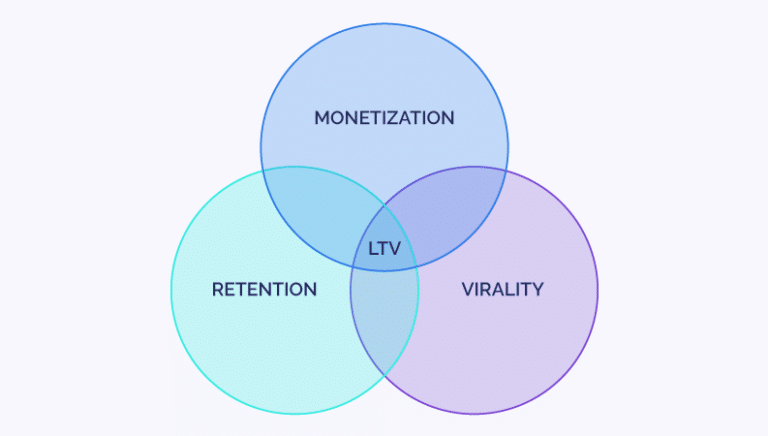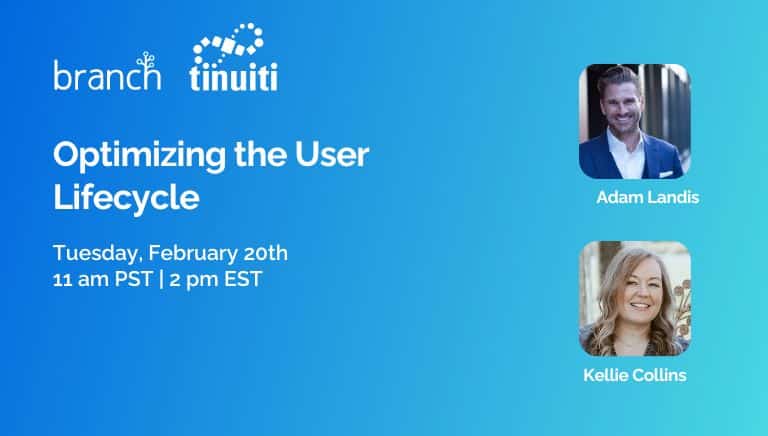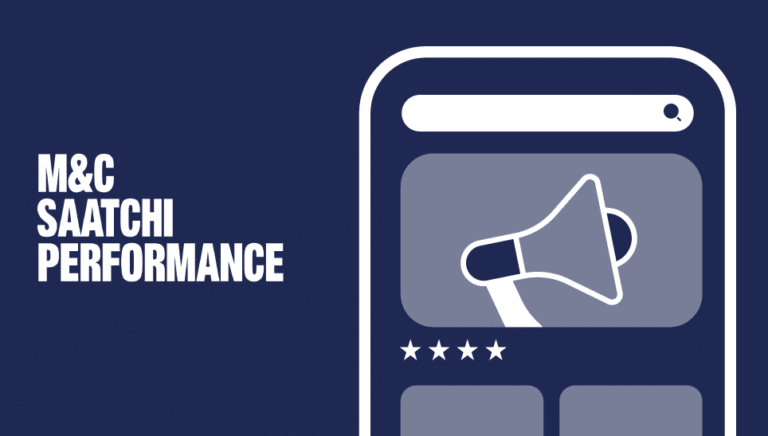What is Lifetime Value (LTV)?
How much value a customer brings to an organization for the duration of their relationship. Lifetime value helps businesses understand the full cost of acquiring and retaining a customer compared to the revenue they generate for the company. Knowing the LTV of a customer helps businesses make informed decisions about their growth strategies, particularly in the realm of customer acquisition, retention, and marketing.
Lifetime value — often abbreviated as LTV, CLV, or CLTV — is the measure of an average user, client, or customer’s worth to a business from the moment they start using the product or service to the moment they churn (i.e., over their lifecycle.) Though lifetime value (LTV) and customer lifetime value (CLV) are often used interchangeably, they are technically different metrics. CLV measures the value of an individual customer, whereas LTV measures the value of an average customer. LTV is particularly useful in measuring the long-term profitability of customer relationships and helps businesses allocate budgets effectively to maximize their bottom line.
As an example, suppose you purchase a $2 song once per week from Apple every week for a year. At the end of that year, you sign up with Spotify and never purchase any music from Apple again. Your LTV for Apple’s music business would be ($2/week * 52 weeks/year) = $104.
The reason measuring LTV is so important is that it gives a more accurate measure of what a business should be willing to pay to acquire and support you as a user than would measuring, say, revenue associated with a single purchase or interaction, return on investment, or even (in many ways) user acquisition rate. It’s often far more difficult to measure, but it’s also far more valuable.
To see why, consider again the example above. Imagine that Apple’s music business took into account only the first transaction you completed with them. In that case, Apple should be willing to pay up to $2 to acquire and support you as a customer. Suppose, however, that it took Apple $5 worth of ads to acquire you, and $1 worth of infrastructure to support you for the year (support is cheap in this case, since Apple can amortize it across all their music business customers). By taking into account only your initial purchase, Apple would make a poor business decision that would cost them ($104 – $6) = $98 of profit! In other words, ignoring other potential business considerations related to brand, limited budgets, etc., and optimizing solely for profit, Apple should be willing to spend $102.99 to acquire you as a customer, netting them $0.01 profit after support. Of course, the hope is their customer acquisition cost (CAC) — the cost for them to acquire you — is far less, and consequently they make far more profit off your purchases.
Note that LTV will vary by customer (and also likely by acquisition channel, platform, and method), so businesses often look at averages across customer segments to estimate how much they should expect to earn given their current customer base, as well as how much they should be willing to spend to acquire and support new customers. Note, too, that LTV does not generally take into account the time-value of money—money earned today is more valuable than money earned in the future—but LTV omits this future discounting for sake of simplicity.
In general, though, LTV is a far more important metric to look at than simply an individual purchase. Optimizing using LTV will lead to the best (most profitable) decisions for a business in the long term, rather than merely leading to the short-term bump in revenue that occurs when businesses optimize around initial customer purchases.
How to calculate LTV
There are various methods to calculate LTV, and the one you choose will depend on our specific business. A commonly used customer lifetime value formula is:
LTV = (Average Purchase Value) x (Average Purchase Frequency) x (Average Customer Lifespan).
- Average purchase value: The average amount of money a client or customer spends in a single transaction, also referred to as average order value (AOV). To calculate, sum the total revenue from all purchases and divide by the number of transactions.
- Average purchase frequency: How often a given customer makes a purchase. To calculate, divide the total number of transactions by the number of customers.
- Average customer lifespan: The average amount of time a customer remains engaged with your business before churning. To calculate, take the inverse of your churn rate.
Once you have these metrics, you can use the formula above to determine your LTV. Note that this is a simplistic formula; many businesses refine their calculations by accounting for factors like customer segments, channel, platform, cost of customer acquisition, cost of customer support, etc.
How to boost LTV
Growing LTV is critical for long-term business success. Here are some key tactics to maximize the lifetime value of a customer:
- Encourage social sharing. Enabling social sharing positively influences virality and retention. Customers are likely to use — and keep using — a product or service that their friends are using. By making it easy for your customers to share their stories and recommendations on social media, you can increase engagement, attract new users, and boost LTV.
- Incentivize referrals and offer discounts. Discounts impact monetization and retention to increase LTV. Discounts encourage existing customers to engage with your product and give them extra incentive to convert. Meanwhile, referrals are a low-cost, low-effort way to attract new customers or users and lower your cost of acquisition. By encouraging your best customers to do the work of attracting new users, you’re creating a win-win scenario.
- Prioritize reengagement. Reengaging inactive or dormant users is critical to boost user retention. The longer customers stick around, the more money they are likely to spend with your business. Multi-channel reengagement campaigns on email, social media, SMS, or paid ad platforms can help drive customers back to your product or service.
- Focus on the customer experience. While it may seem like a no brainer, a strong focus on customer satisfaction and overall experiences is critical. Happy customers are more likely to engage, convert, remain loyal, and recommend your business to their friends. You’ll earn customer loyalty by making things easy, convenient, and seamless across every single touchpoint.
- Test and iterate. Once you’ve implemented one of the above strategies, determine which customers have the greatest LTV and which sources they came from. You can also use A/B testing at any stage of the customer journey to find out what works best. Use these insights to allocate budget to the channels and marketing strategies that bring in the most valuable customers — or customers with the greatest LTV — to optimize your acquisition strategy and maximize overall lifetime value.



